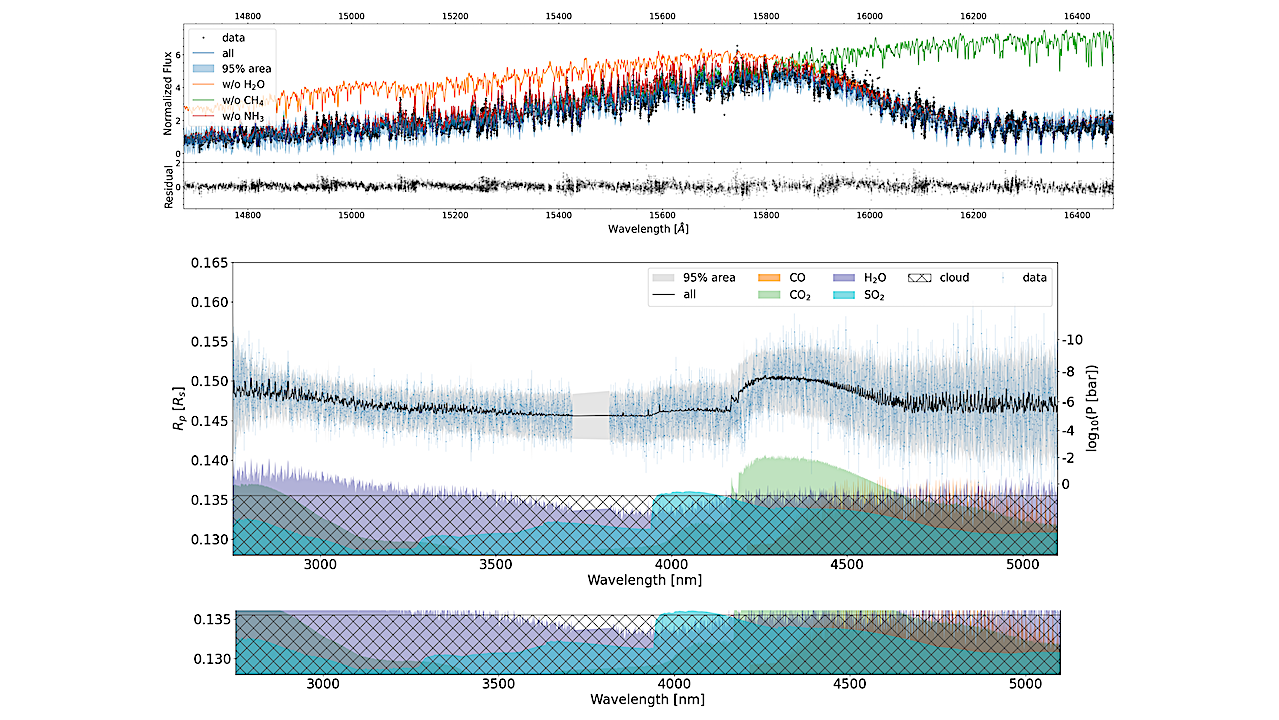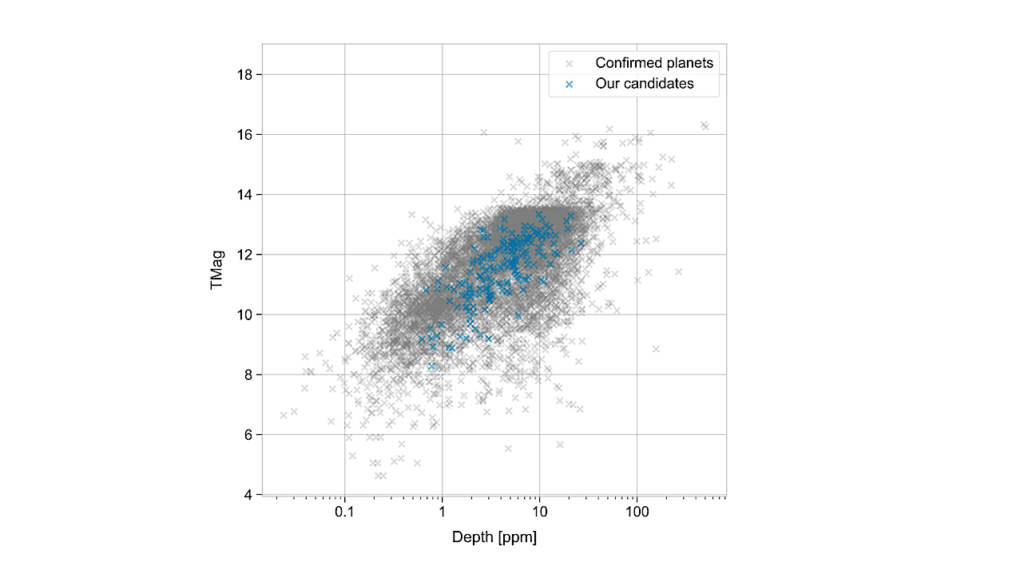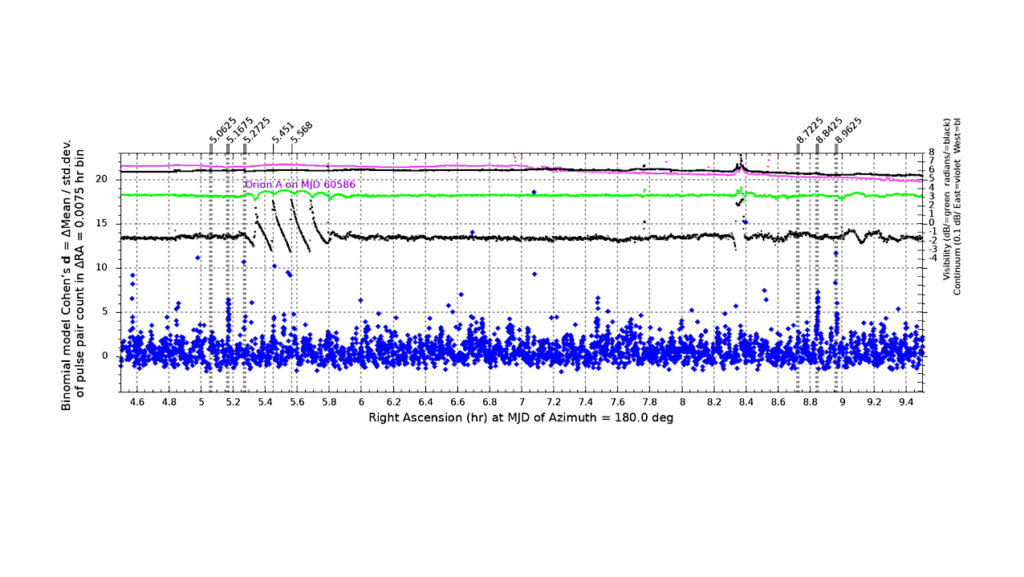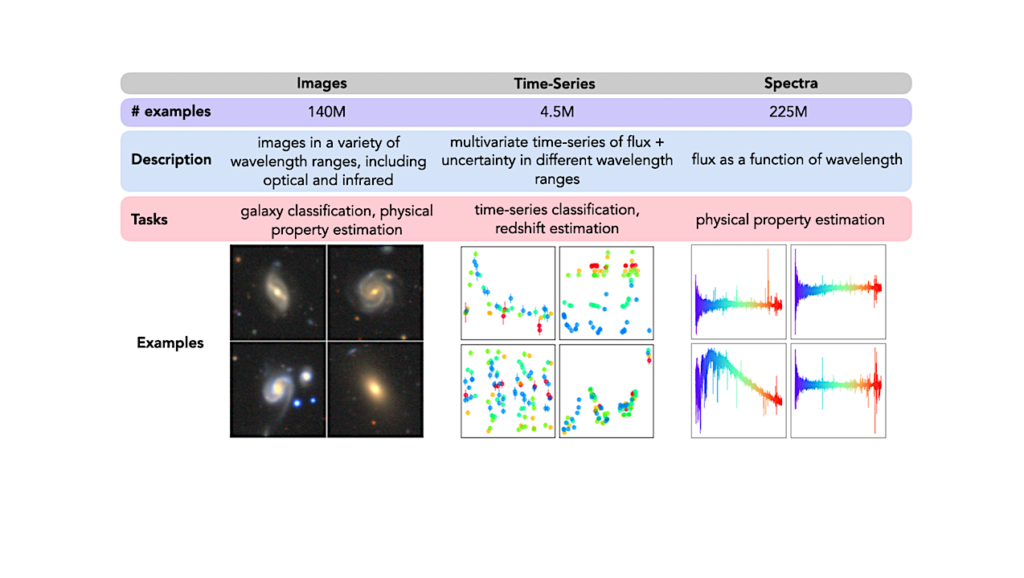Differentiable Modeling of Planet and Substellar Atmosphere: High-Resolution Emission, Transmission, and Reflection Spectroscopy with ExoJAX2

Modeling based on differentiable programming holds great promise for astronomy, as it can employ techniques such as Hamiltonian Monte Carlo, gradient-based optimization, and other machine learning techniques.
This new programming paradigm has motivated us to develop the first auto-differentiable spectrum model of exoplanets and brown dwarfs, ExoJAX (Kawahara et al. 2022). ExoJAX is designed to directly calculate cross-sections as functions of temperature and pressure, rather than interpolating tabulated data, to minimize errors in high-dispersion spectra modeling. However, its application was primarily proof-of-concept and limited to narrowband high-dispersion emission spectroscopy.
In this paper, we have enhanced the differentiable opacity calculation using a new fast and memory-efficient algorithm, and have developed differentiable radiative transfer schemes, including emission, transmission, and reflection spectroscopy.
These enhancements significantly expand the range of applications, as demonstrated through actual atmospheric retrievals: high-dispersion emission spectra of the brown dwarf GL229 B, medium-dispersion transmission spectra of the hot Saturn WASP-39 b from JWST, and high-dispersion reflection spectra of Jupiter.
We obtained a C/O ratio for GL229 B consistent with its host star, constrained WASP-39 b’s radial velocity from molecular fine structures at original resolution (R∼3,000), and estimated Jupiter’s metallicity consistent with previous studies.
Hajime Kawahara, Yui Kawashima, Shotaro Tada, Hiroyuki Tako Ishikawa, Ko Hosokawa, Yui Kasagi, Takayuki Kotani, Kento Masuda, Stevanus Nuguroho, Motohide Tamura, Hibiki Yama, Daniel Kitzmann, Nicolas Minesi, Brett M. Morris
Comments: 32 pages, 12 figures, submitted. ExoJAX is available at this https URL. ExoJAX2 is scheduled to be released after the review process
Subjects: Earth and Planetary Astrophysics (astro-ph.EP); Instrumentation and Methods for Astrophysics (astro-ph.IM); Solar and Stellar Astrophysics (astro-ph.SR)
Cite as: arXiv:2410.06900 [astro-ph.EP] (or arXiv:2410.06900v1 [astro-ph.EP] for this version)
https://doi.org/10.48550/arXiv.2410.06900
Focus to learn more
Submission history
From: Hajime Kawahara
[v1] Wed, 9 Oct 2024 14:02:42 UTC (7,588 KB)
https://arxiv.org/abs/2410.06900
Astrobiology,








